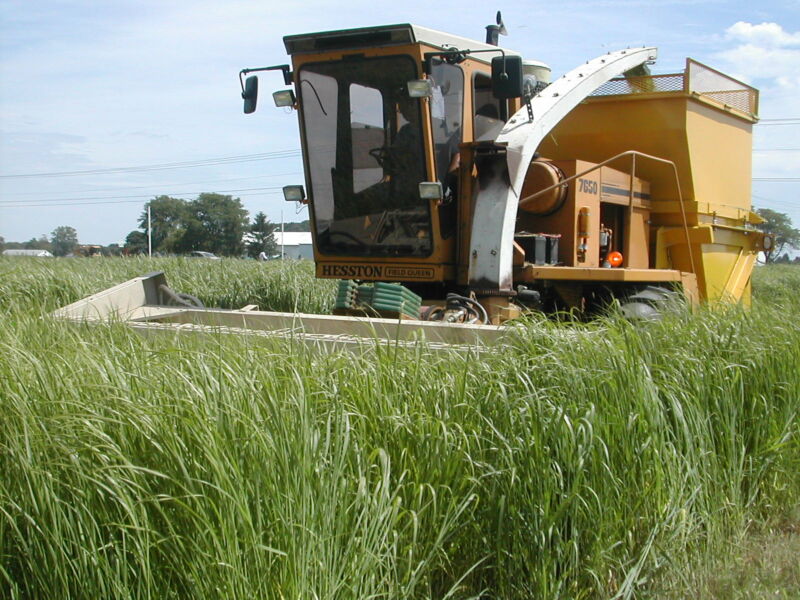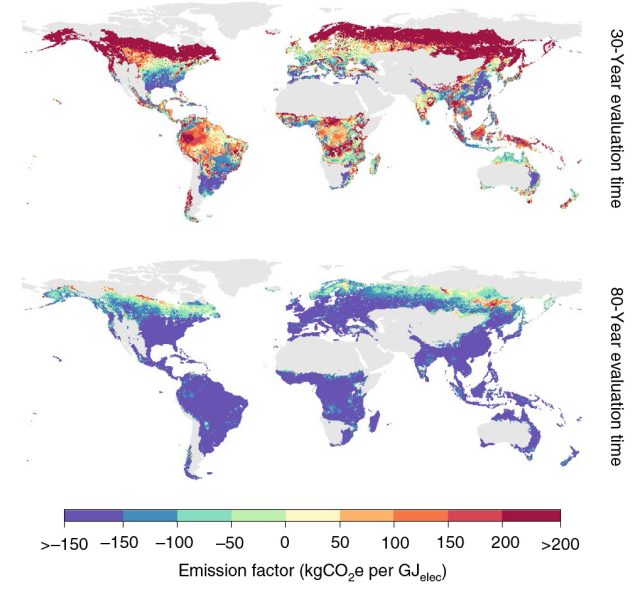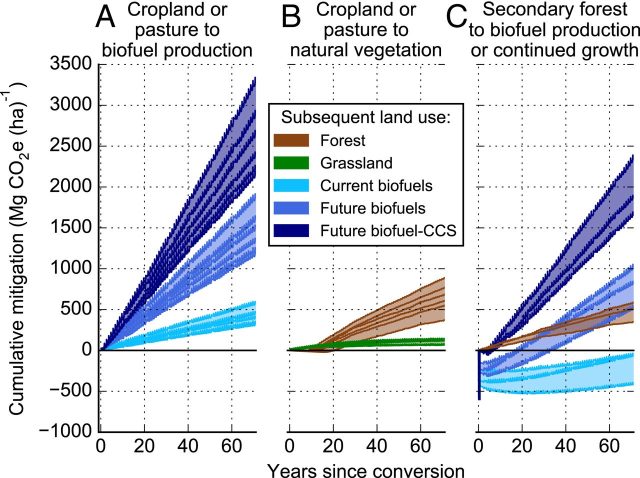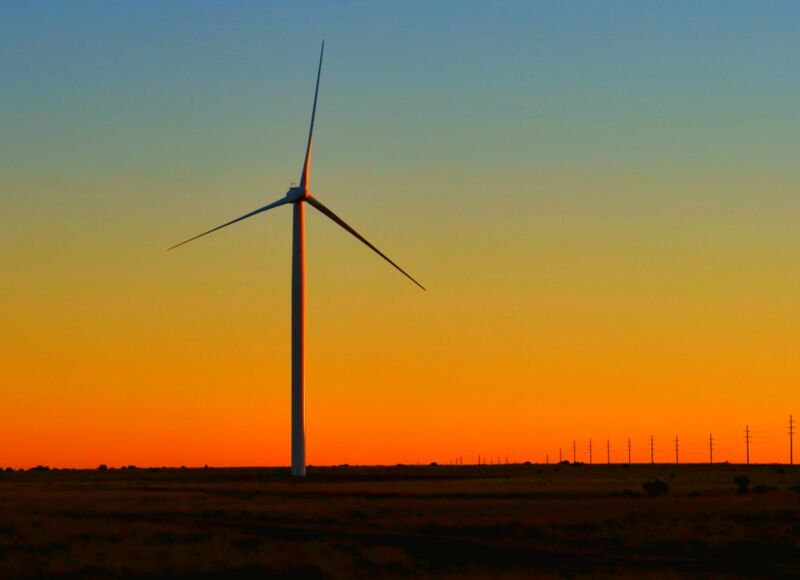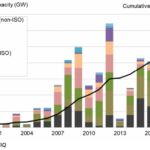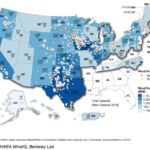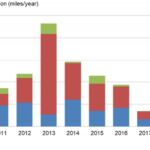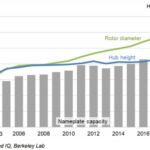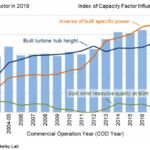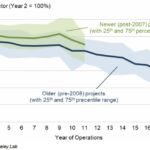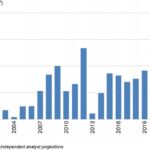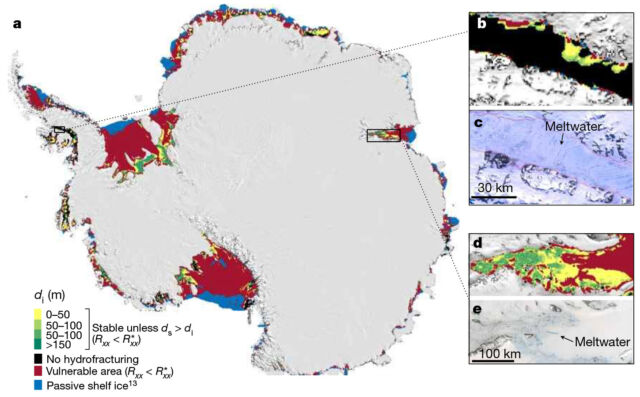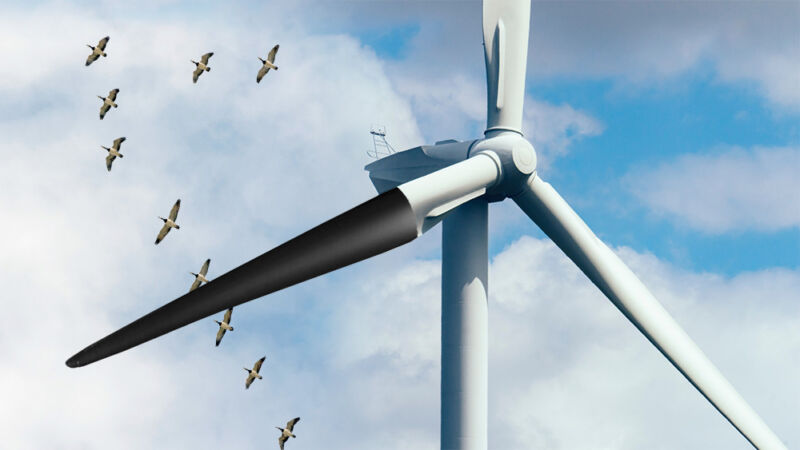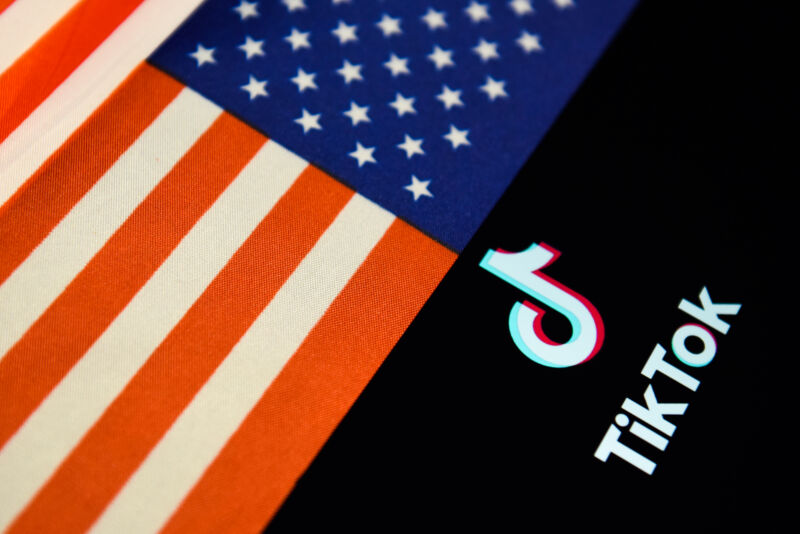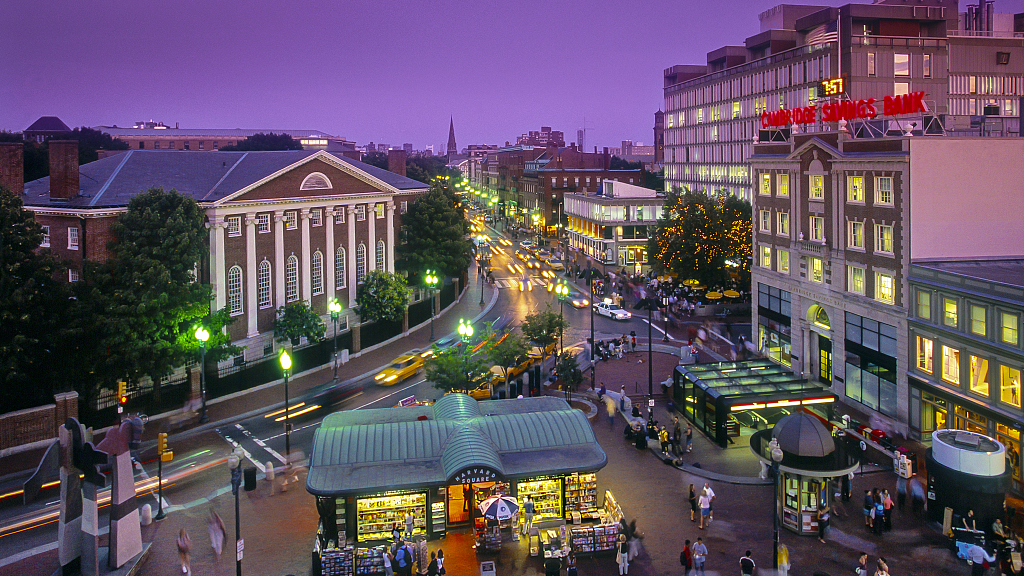UK Scientist Discovers Dinosaur Fossil While Running Along Shore Of Eigg Beach
The 166 million-year-old dinosaur fossil was discovered by Dr. Elsa Panciroli, who was with her team members looking for remains of other animals.
Written By Vishal Tiwari

In a bizarre but yet exciting incident, a scientist discovered a dinosaur fossil while running along the shore of Hebridean island in Scotland. The dinosaur fossil was discovered by Dr. Elsa Panciroli, who was with her team members looking for remains of other animals. Panciroli, while talking to the press, said that she stumbled upon the bone of the dinosaur while running and trying to catch up with other members of her team. The dinosaur fossil is reportedly 166 million-year-old, dated to the Middle Jurassic period.
Read: Fossil Embryo Reveals New Details About ‘sauropods’ That Lived 80 Million Years Ago
🚨JURASSIC DISCOVERY KLAXON🚨
A 166 million-year-old dinosaur bone has been found on the isle of Eigg!
Dr Panciroli (@gsciencelady) made the discovery on the Hebridean island. The find has since been identified as belonging to a stegosaurian dinosaur – like Stegosaurus pic.twitter.com/ri5nnLyqAb— National Museums Scotland (@NtlMuseumsScot) August 26, 2020
Read: Fossil Of 13-ft-long Marine Predator Found Inside Larger Animal: Study
First on isle of Eigg
The bone has been kept in the National Museums Scotland in Edinburgh, where it has been displayed for visitors. According to reports, scientists in Scotland have been searching dinosaur bones for more than 200 hundred years. Until now the only dinosaur fossil discovered in Scotland was on the Isle of Skye. This is the first time that a dinosaur bone has been found os isle of Eigg, where previously only marine reptile and fish fossils were discovered. The dinosaur fossil found on the small island is a limb bone, which is about 50 centimetres long in size.
Read: Fossil Of Long-necked Ancient Reptile Reveals The Spices Was Adaptable, Lived Underwater
The find has since been identified as belonging to a stegosaurian dinosaur, like Stegosaurus. Panciroli discovered the bone on a National Geographic funded fieldwork in 2017. The bone was badly eroded, but paleontologist and Panciroli's colleague Nigel Larkin carefully prepared it for the team to study. It was probably a juvenile, and bite marks show it was scavenged after death, said Panciroli.
Read: Fossils Reveal Dinosaur Predecessor Kongonaphon Kely Was Smaller Than A Cellphone
Dinosaur bone discovered on Scottish island the 1st of its kind in the country
Paleontologist Elsa Panciroli was running to catch up with her colleagues when she spotted the rare fossil
CBC Radio · Posted: Aug 28, 2020 5:57 PM ET | Last Updated: August 28

Researchers believe the discovery is a lower back leg bone of a stegosaurian dinosaur, a species not seen in Scotland before. (N. Larkin)
A rare dinosaur bone from the Middle Jurassic was discovered in Scotland, thanks to the keen eye of a local paleontologist.
Elsa Panciroli got separated from her colleagues while searching for fossils on the Scottish Isle of Eigg. She was hopping from boulder to boulder on the shoreline to catch up with the rest of the team when something caught her eye.
"I suddenly realized the boulder I had just hopped onto and run past, it had something in it. But I wasn't sure quite what," Panciroli, who is a paleontologist at National Museums Scotland, told As It Happens guest host Helen Mann.
"So I turned around, went back to look, and it was a dinosaur bone sticking out of the boulder on the shoreline I'd just literally stepped on."
Her discovery turned out to be a 48-centimetre dinosaur bone, belonging to a species that has never been seen in Scotland before.

A rare dinosaur bone from the Middle Jurassic was discovered in Scotland, thanks to the keen eye of a local paleontologist.
Elsa Panciroli got separated from her colleagues while searching for fossils on the Scottish Isle of Eigg. She was hopping from boulder to boulder on the shoreline to catch up with the rest of the team when something caught her eye.
"I suddenly realized the boulder I had just hopped onto and run past, it had something in it. But I wasn't sure quite what," Panciroli, who is a paleontologist at National Museums Scotland, told As It Happens guest host Helen Mann.
"So I turned around, went back to look, and it was a dinosaur bone sticking out of the boulder on the shoreline I'd just literally stepped on."
Her discovery turned out to be a 48-centimetre dinosaur bone, belonging to a species that has never been seen in Scotland before.

Scottish paleontologist Elsa Panciroli discovered a fossil that turned out to be a leg bone from a Jurassic-era stegosaurus. (S. Brusatte)
1st dinosaur on Eigg
Panciroli was so surprised to find the dinosaur bone, she says she downplayed her discovery to her colleagues at first.
"I was a bit reluctant to say the d-word, so I just kept saying I found something," she said. "And eventually they teased [it] out of me, and of course the moment I said 'dinosaur' everyone ... wanted to come and have a look."
Hundreds of people have likely walked over the boulder without noticing anything, she said, and finding the fossil was a matter of luck as much as training.
"I think a lot of the time for people who search for fossils, it's about pattern recognition. You're looking to recognize something. And it was almost unconscious, because I wasn't looking anymore; I was running."
Panciroli said Eigg has been extensively studied, and the purpose of the trip was to look for fossils seen on the island before, like those of marine reptiles and fish.
How a paleontologist and dentist solved the mystery of dinosaur tracks on a cave ceiling
The researchers never expected to find signs of something as big as a dinosaur — and it turns out that Panciroli's discovery is even rarer than that.
Rare fossil from the Middle Jurassic
After months of extensive tests on the bone, its owner was established to be a young stegosaurian dinosaur from the Middle Jurassic period. This is the first time this type of dinosaur and a fossil this old have been found in Scotland.
"It's 166 million years old, and this is a time when fossils — globally speaking, not just in Scotland — are very, very rare," Panciroli said.
"So just finding it in the first place is really quite significant."

Panciroli imagined the last moments of the young stegosaurus, whose fossilized bone she discovered, in her painting. (Elsa Panciroli )
It's also the first time a dinosaur fossil has been found on Eigg; all other dino fossils in Scotland were discovered on the Isle of Skye.
The newfound bone was likely a back lower leg bone of a stegosaurian dinosaur, a large quadruped species with distinctive plates on the back.
Previously, only fossils from two different types of dinosaurs — "the big, long-necked, very heavy dinosaurs" and "the meat-eating dinosaurs that walk on two legs" — have been found in Scotland, Panciroli said.
Storm surge unearths 'incredible' trove of dinosaur fossils in U.K.
Researchers will now continue looking for fossils on Eigg and Skye in hopes of building a more complete picture of the ecosystem of that time period.
"We already know that there were also mammals at this time, the very earliest ones, but also things like salamanders, crocodiles, turtles — so we can even look at food chains. It really is only the beginning of research," Panciroli said.
The researcher also said she was happy to find something so close to home. "It's always lovely to find something in your home country. I think I expected that I would probably have to travel abroad to look for something like this, so it's a big surprise."
Written by Olsy Sorokina. Interview produced by Jeanne Armstrong.
It's also the first time a dinosaur fossil has been found on Eigg; all other dino fossils in Scotland were discovered on the Isle of Skye.
The newfound bone was likely a back lower leg bone of a stegosaurian dinosaur, a large quadruped species with distinctive plates on the back.
Previously, only fossils from two different types of dinosaurs — "the big, long-necked, very heavy dinosaurs" and "the meat-eating dinosaurs that walk on two legs" — have been found in Scotland, Panciroli said.
Storm surge unearths 'incredible' trove of dinosaur fossils in U.K.
Researchers will now continue looking for fossils on Eigg and Skye in hopes of building a more complete picture of the ecosystem of that time period.
"We already know that there were also mammals at this time, the very earliest ones, but also things like salamanders, crocodiles, turtles — so we can even look at food chains. It really is only the beginning of research," Panciroli said.
The researcher also said she was happy to find something so close to home. "It's always lovely to find something in your home country. I think I expected that I would probably have to travel abroad to look for something like this, so it's a big surprise."
Written by Olsy Sorokina. Interview produced by Jeanne Armstrong.
